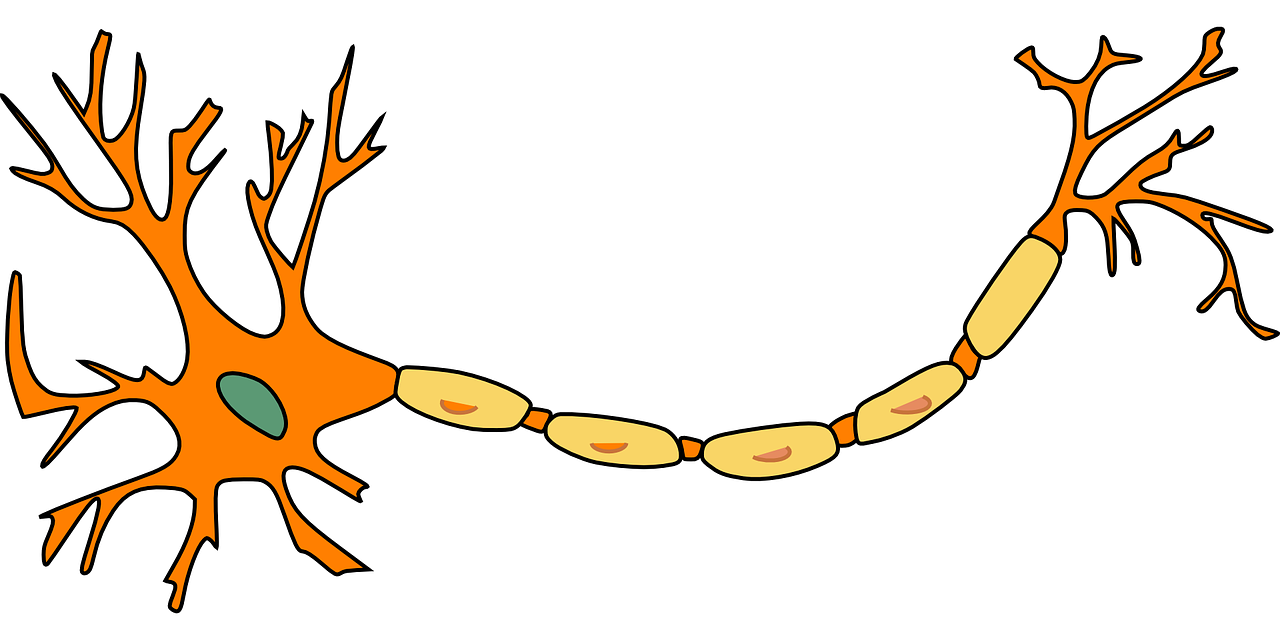Sciatic nerve damage is the leading cause of pain on one leg and the buttocks. It rarely affects both legs.The leg pain is accompanied by tingling or burning sensation.
The sciatic nerve is located at the back of the leg, and its core function is to provide sensation to the back of the thigh, the sole, and part of the lower leg. When the nerve is damaged, the movement of the knee or the entire leg is affected.
The sciatic nerve comprises of the nerve roots that exit from the spinal cord to the lower back. The nerve roots go down through the buttocks and then branch into the back of the leg, ankle and foot.
This kind of pain that is due to damage of sciatic nerve is referred to as sciatica. Although the symptoms of the sciatic nerve damage are often debilitating and painful, permanent damage to the nerve is a rare occurrence.
The symptoms of sciatica often happen when the sciatic nerve is compressed or irritated near its point of origin.
Although sciatic nerve injury is caused by a ruptured or bulging disc in the spinal cord, other causes of the damage include spinal stenosis, bone spurs caused by arthritis or a pinched nerve that may result due to injury.
The symptoms of sciatic nerve damage may start from the buttocks or back and move down to the leg and foot. The symptoms may be accompanied by the numbness, tingling and the general weakness of the leg.
To accurately diagnose sciatic nerve damage, tests such as magnetic resonance imaging (MRI) and X-rays are performed to decipher the primary cause of the damage. MRI is preferred because it gives detailed information about the origin of the disease.
Treatment of damage of the sciatic nerve is mainly noninvasive, and it comprises of taking medicines and doing exercises so as to relieve pain. This is because the symptoms are likely to go away on their own with time.
If the symptoms continue, it is recommended that a person seeks the services of a health professional who may recommend physical therapy, steroid injections, muscle relaxants, or even surgery for extreme cases.

Recent Comments